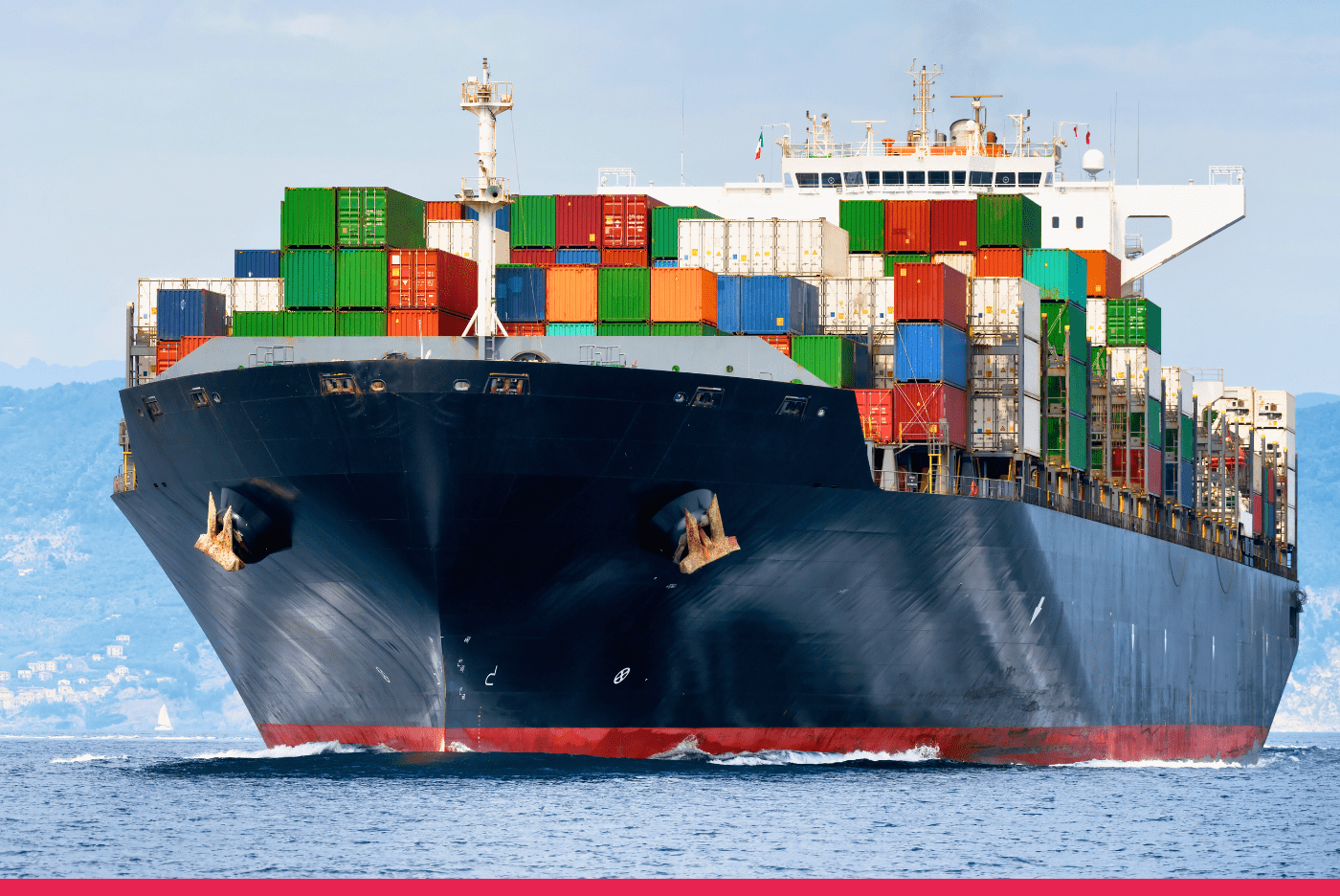
AfCFTA and LAPSSET: A Synergistic Vision for East African Trade
Introduction
The African Continental Free Trade Area (AfCFTA) is set to revolutionize trade across Africa, eliminating barriers and fostering economic integration. However, trade agreements alone are not enough; efficient infrastructure is essential to support increased commerce. This is where the LAPSSET Corridor comes in. As one of East Africa’s most ambitious infrastructure projects, LAPSSET provides the physical connectivity needed to unlock AfCFTA’s full potential.
This article explores how LAPSSET’s network of ports, railways, highways, and pipelines aligns with AfCFTA’s objectives, facilitating trade, reducing costs, and accelerating economic development.
Understanding AfCFTA and Its Trade Goals
AfCFTA is the largest free trade area in the world by the number of participating countries. Its goals include:
- Eliminating tariffs on 90% of goods traded across Africa
- Increasing intra-African trade by over 50%
- Enhancing regional and continental industrialization
- Promoting economic diversification and value addition
Despite these ambitious targets, achieving them requires robust transportation and logistics networks to move goods efficiently across borders. This is where LAPSSET plays a critical role.
LAPSSET: Building the Backbone of Regional Trade
LAPSSET (Lamu Port-South Sudan-Ethiopia Transport Corridor) is designed to enhance regional connectivity by linking Kenya, Ethiopia, and South Sudan. Its key components include:
- Lamu Port: A deep-water port designed to handle increased trade volumes
- Railways: Facilitating bulk transportation of goods
- Highways: Connecting landlocked regions to coastal trade hubs
- Oil and Gas Pipelines: Enabling energy exports and industrial growth
By providing reliable transport infrastructure, LAPSSET reduces the cost of trade, shortens transit times, and improves access to international markets.
How LAPSSET and AfCFTA Work Together
1. Facilitating Cross-Border Trade
AfCFTA aims to remove trade barriers, but physical bottlenecks like poor road networks and inefficient ports hinder trade efficiency. LAPSSET directly addresses these challenges by providing seamless transport infrastructure, ensuring goods move swiftly and affordably between markets.
2. Boosting Industrialization and Value Addition
AfCFTA seeks to promote industrialization by encouraging the production of goods within Africa. LAPSSET enables this by connecting manufacturing hubs to regional and global markets. Industries in Kenya, Ethiopia, and South Sudan can access ports and transport goods efficiently, reducing production costs and enhancing competitiveness.
3. Enhancing Trade in Key Sectors
Several industries stand to benefit from the combined impact of AfCFTA and LAPSSET:
- Agriculture: Improved transport networks allow farmers to export perishable goods more efficiently, reducing post-harvest losses.
- Manufacturing: Enhanced connectivity lowers logistics costs, enabling manufacturers to scale operations.
- Oil and Gas: Pipelines facilitate energy exports, strengthening Africa’s position in global energy markets.
- Textiles and Apparel: Reduced trade barriers and efficient logistics make East Africa a competitive manufacturing hub for textiles.
4. Reducing Trade Costs and Delays
Inefficient border crossings and poor infrastructure lead to high trade costs in Africa. The combination of AfCFTA’s policy reforms and LAPSSET’s infrastructure investments helps eliminate these inefficiencies, reducing transportation costs by up to 40% and making East African businesses more competitive.
Case Study: Ethiopia’s Trade Expansion Through LAPSSET
Ethiopia, one of Africa’s fastest-growing economies, relies on efficient trade routes to sustain its economic expansion. LAPSSET provides an alternative trade corridor that reduces dependence on Djibouti’s port, diversifies trade routes, and enhances supply chain resilience. With AfCFTA eliminating trade restrictions, Ethiopian businesses can now leverage LAPSSET to reach new markets across Africa and beyond.
Challenges and Strategies for Maximizing Impact
While the synergy between AfCFTA and LAPSSET presents immense opportunities, challenges remain:
- Regulatory Harmonization: Different countries have varying customs and trade regulations. AfCFTA is working to standardize policies, while LAPSSET must integrate smart border systems to streamline trade.
- Financing and Investment: Large infrastructure projects require sustained investment. Public-Private Partnerships (PPPs) can help bridge funding gaps.
- Security Concerns: Stability in transport corridors is crucial. Governments must ensure security along LAPSSET routes to facilitate uninterrupted trade flows.
FAQs
Q: How does LAPSSET support AfCFTA’s goal of increasing intra-African trade?
A: By providing modern transport infrastructure that facilitates the movement of goods, reduces trade costs, and improves regional market access.
Q: Which industries benefit most from LAPSSET and AfCFTA?
A: Agriculture, manufacturing, oil and gas, and textiles stand to gain the most from improved trade facilitation.
Q: What challenges must be addressed for AfCFTA and LAPSSET to reach their full potential?
A: Regulatory harmonization, financing, and security measures must be strengthened to maximize trade efficiency.
Conclusion
AfCFTA and LAPSSET represent a transformative vision for East African trade. By aligning infrastructure development with trade policy reforms, these initiatives create new economic opportunities, foster industrial growth, and position East Africa as a dynamic hub for continental and global trade.
Call-to-Action: Stay informed about the latest developments in African trade and infrastructure. Subscribe to our updates and discover investment opportunities with Afri-Fund Capital.



Leave a Reply